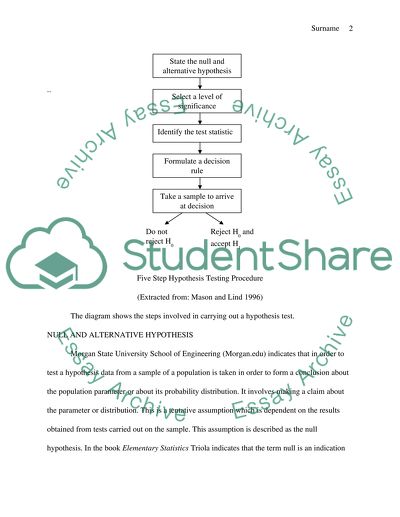Cite this document
(“Introduction to the Hypothesis Testing Research Paper”, n.d.)
Retrieved from https://studentshare.org/statistics/1456341-hypothesis-testing
Retrieved from https://studentshare.org/statistics/1456341-hypothesis-testing
(Introduction to the Hypothesis Testing Research Paper)
https://studentshare.org/statistics/1456341-hypothesis-testing.
https://studentshare.org/statistics/1456341-hypothesis-testing.
“Introduction to the Hypothesis Testing Research Paper”, n.d. https://studentshare.org/statistics/1456341-hypothesis-testing.


